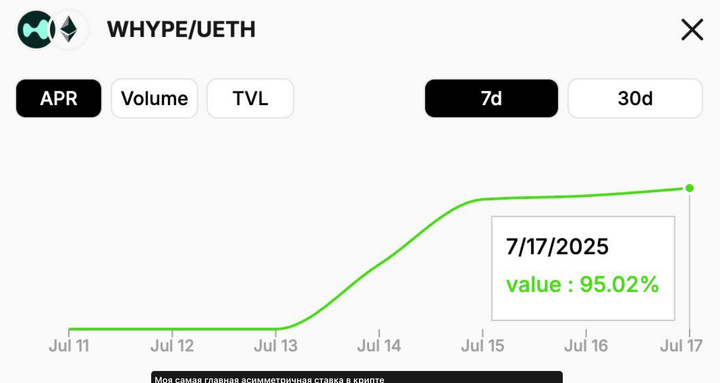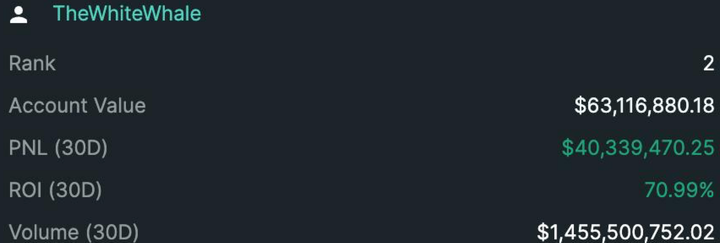🔓The KiloEx Case: How a $7M DeFi Hack Was Reversed in Record Time

In April 2025, the DeFi exchange KiloEx was exploited for 7 million USD. Unlike most similar cases, the team recovered all of the stolen funds. This event stands out in a quarter where DeFi losses reached over 1.6 billion USD.
📊 Overview of the Incident
In April 2025, the decentralized derivatives exchange KiloEx suffered a smart contract logic exploit, resulting in the theft of approximately 7 million USD. Despite the breach, all user funds were successfully recovered.
The exploit was detected early through internal monitoring systems, and the response was immediate. The affected contracts were isolated within hours of the attack. KiloEx collaborated with white-hat hackers, who assisted in tracking and retrieving the stolen funds.
As part of the resolution, a bounty was paid to the ethical hackers involved. Although the exact bounty amount was not disclosed, the company acknowledged their critical role in the recovery process.
KiloEx publicly disclosed the incident and released a full post-mortem report, outlining the exploit, the response timeline, and the steps taken to prevent similar vulnerabilities in the future.
Article about the Incident
🧠 Context and Sector Impact
In the first quarter of 2025, blockchain security firm CertiK reported a total of 1.67 billion USD lost due to crypto hacks. This represents a 303 percent increase compared to the last quarter of 2024. DeFi remains the most affected category.
Most incidents involved smart contract vulnerabilities, flash loan manipulations, and poor protocol logic. The largest single exploit in Q1 exceeded 800 million USD. Compared to this, the KiloEx case was smaller in value, but unique in its outcome.

✅ What Went Right
- The exploit was detected early, before funds were transferred beyond traceability
- KiloEx had internal monitoring and alert systems in place
- The protocol engaged immediately with external security experts
- White-hat hackers collaborated to trace the funds
- The incident was disclosed publicly, including full transparency on timeline and resolution
These factors combined created one of the few fully recovered major DeFi hacks on record.
📉 Broader Implications for DeFi Platforms
DeFi platforms continue to operate in a high-risk environment where strong operational security and technical safeguards are no longer optional. As exploit frequency and scale rise, the need for robust protective infrastructure becomes urgent. One critical lesson from recent incidents is the importance of structured recovery processes and active cooperation with white-hat hacker communities, especially for platforms operating with Collective Liquidity Provision. In these models, shared liquidity increases systemic risk, and rapid coordination is essential when attacks occur.
For smaller platforms, maintaining on-chain reserves or integrating with decentralized insurance protocols is becoming a baseline requirement. Some projects are exploring Appchain architectures to gain more control over execution logic and security constraints, a shift toward building purpose-specific chains rather than relying on generalized Layer 1 environments. Transparency also plays a central role. Protocols that communicate clearly during incidents and follow up with post-mortems tend to recover community trust faster. Conversely, platforms that delay disclosure or ignore user concerns often suffer long-term brand damage, including reduced token liquidity and declining ecosystem participation.
Security breaches today affect more than just funds, they undermine confidence in the protocol, weaken its governance, and can severely damage its role in cross-chain liquidity ecosystems.

🔐 Ongoing Security Trends in DeFi
To address growing risks, many DeFi projects are adopting a more proactive security posture. This includes formal contract audits prior to deployment, real-time threat monitoring using platforms such as Forta or Chainalysis, and internal tooling for continuous vulnerability detection.
Protocols operating as Appchains are taking advantage of their customizability to fine-tune their own security infrastructure, while others are leveraging Actively Validated Services (AVS) through restaking networks like EigenLayer to enhance their validation layers using Ethereum’s existing security. Many teams have also implemented emergency pause systems, sometimes referred to as circuit breakers, to stop transactions when abnormal behavior is detected on-chain. Alongside technical controls, platforms are placing increasing emphasis on user education, especially around wallet permissions and phishing threats. In ecosystems with Collective Liquidity Provision, educating liquidity providers is critical to reducing the risk of capital movement during exploits.
Finally, open bug bounty programs have become a standard best practice, enabling ethical hackers to disclose vulnerabilities before they can be exploited. These are particularly important in ecosystems with programmable liquidity, where small logic errors can lead to systemic failure if undetected.
These trends are no longer about compliance or reputation management alone, they are essential for operational continuity and survival in a sector under constant pressure..
I hope you guys enjoyed this thread about Mitosis. If you have any feedback feel free to hit me a dm on https://x.com/FarmingLegendX

If you want to check out my latest Mitosis University Thread you can visit it here:

📚 Bibliography
CertiK. (2025, April 17). Q1 2025 Hack3d Report: Crypto Losses Reach 1.67B USD. Retrieved from: Certik
CoinDesk. (2025, April 19). KiloEx DeFi Exchange Recovers 7M USD After Hack, Pays White-Hat Bounty. Retrieved from: Coindesk





Comments ()